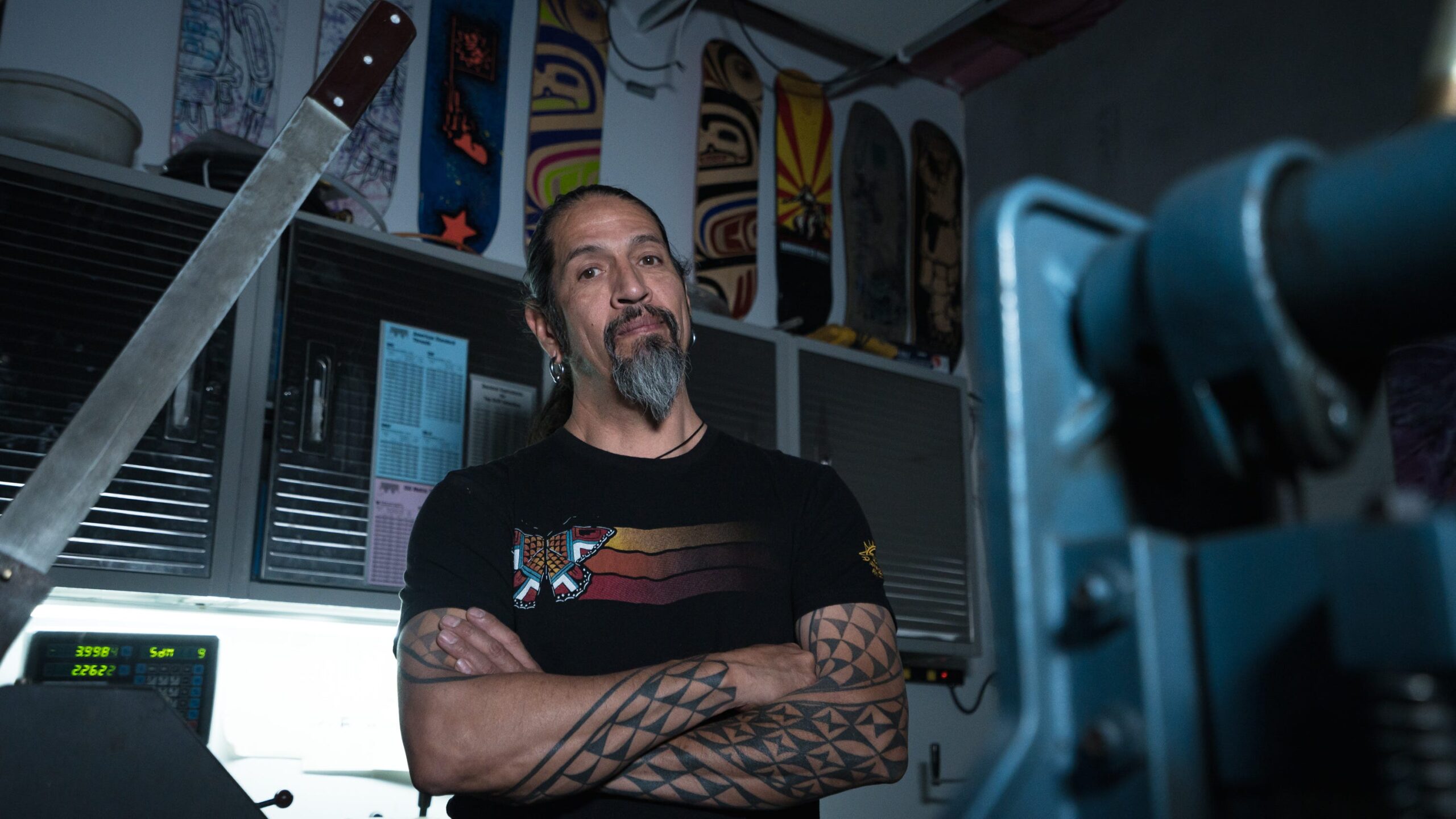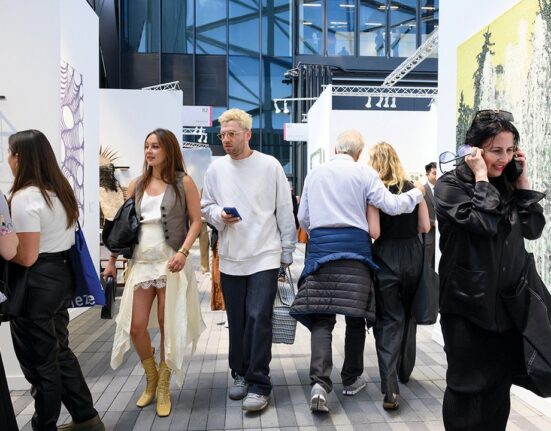
Artists push Native art to evolve using new techniques and materials
Artists discuss how Native art evolved and why many don’t have the same regard and access to mainstream galleries and museums as non-Indigenous peers.
- While art can appreciate in value, it’s difficult to determine trends and pricing information is limited.
- Experts suggest focusing on collecting art you enjoy rather than viewing it as a primary investment.
- Investing in art comes with potential drawbacks such as high commissions, capital gains taxes, and illiquidity.
As the investment business has become more sophisticated in recent decades, academics and others have searched for ways to combine different types of assets to boost returns, lessen risk, or both.
Some advisers suggest adding bonds, gold, other commodities and even cryptocurrencies into the mix to complement portfolios of stocks. Where does artwork fit into the mix?
Even though humans have been creating artwork for thousands of years, it’s not an easy question to answer. Yes, quality artwork can appreciate handsomely, but those gains are far from guaranteed, with many challenges along the way.
Individual paintings, sculptures and other art items are unique, and many pieces come onto the market only rarely. Those and other factors make it difficult to discern trends, as pricing information is much more limited with much less transparency, at least compared to what’s happening in, say, the stock, bond or even real estate markets.
Why buy art? Social aspects play a role
Still, there are reasons for people to consider art as an investment, and a big one is simply being able to enjoy it in ways not possible with other financial assets.
“Buy what you’d like to hang on your wall,” said Greg Rohan, president of Heritage Auctions, which bills itself as the third-largest such company in the world. “You shouldn’t invest in art; you should collect art.”
Advantages to buying art, besides the aesthetic appeal, are the art shows, museum openings, and other social gatherings you might attend, as well as the ability to join collector groups in person and over the internet. Visits to local galleries can help.
“Galleries help to educate the public,” said Rohan. “Dealers love to tell stories” about individual works and the artists who created them.
In addition, he suggests attending auctions so that you can see the marketplace — buyers and sellers — at work. But “Keep your checkbook in your pocket for a good while” while learning about art, he advised.
Enthusiasm for art collecting took a spike around the time of the Great Recession of 2007 to 2009, said Michael Plummer, an industry veteran and former chief operating officer at Christie’s Financial Services.
That’s when the stock market at one point was down roughly 50%, and people were actively looking for alternatives for their money. Prices for many types of artwork remained strong until a few years ago, when interest rates spiked, and bonds and other fixed-income investments started generating higher yields, making art less competitive.
“For investments, it’s hard to beat compound interest,” Rohan quipped during an appearance at the Scottsdale Ferrari Art Week held in late March, at which Plummer was another speaker.
While doing research, it can be highly beneficial to find a consultant whom you trust. Expertise might be necessary to help answer basic questions like whether a piece of art is genuine and whether it was created and signed by the correct artist, as forgeries can be a risk. Yet even among art advisers, “no credentials are required,” making even this pursuit somewhat treacherous, said Plummer.
If you do start collecting, try to compile a grouping of similar or complementary pieces. “The art that sells the best … usually is part of a good collection,” said Plummer. “Build a collection where it all fits together.”
How a Phoenix couple built a major collection of Chinese art
Roy and Marilyn Papp did just that. The longtime Phoenix couple, now deceased, started buying Chinese paintings and related art dating from around the 1600s and spanning a few centuries.
At the time, they reasoned that as China grew more economically powerful and opened up to the world, affluent people of Chinese descent would want to buy art that represented the country’s cultural heritage. Over the course of a couple dozen years from the early 1980s to the early 2000s, the Papps accumulated more than 400 paintings, Imperial scrolls and other pieces.
“They loved collecting and attending art shows and museum openings,” said their son, Harry. “It was a lot of fun for them.”
But Roy, an investment adviser and founder of L. Roy Papp & Associates of Phoenix, never considered art to be part of mainstream investment portfolios — a sentiment shared by Harry, also an adviser who heads the company.
Upon their parents’ deaths, Harry and his sister Victoria auctioned many of the pieces, partly to pay estate taxes. They retained some of the artwork and donated 40 or 50 pieces to the Phoenix Art Museum, where they go on display from time to time.
One reason Harry shies away from investing in art reflects the often-steep commissions or markups, which he said can approximate 20% when buying and 10% when selling. And if you turn a profit, get ready for maximum long-term federal capital gains taxes on artwork and other collectibles at rates that exceed those for financial assets, by about five percentage points.
Then there’s the illiquidity aspect, which underscores the possibility that you might not find a buyer for your art anywhere as soon as you’d like.
“At least with stocks and bonds, you can turn them into cash quickly,” Harry said. “With art, you had better buy what you enjoy because you might be hanging onto it much longer than you think.”
Reach the writer at russ.wiles@arizonarepublic.com.







